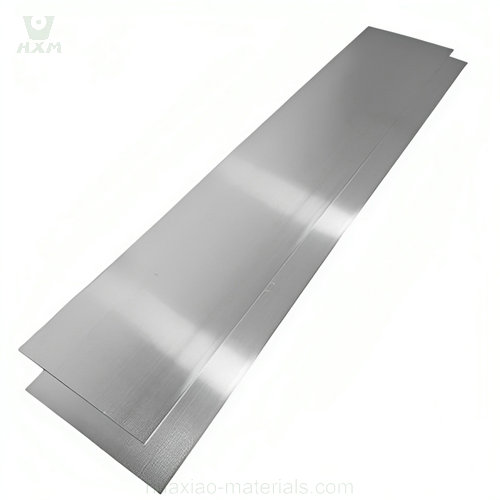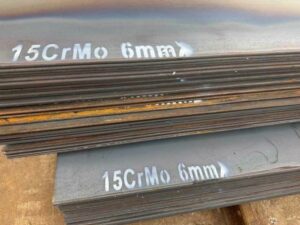
Is Copper Magnetic?
Copper is a widely used metal, known for its excellent electrical conductivity, thermal properties, and resistance to corrosion. However, a common question that arises is whether copper is magnetic. The short answer is: No, copper is not magnetic. But the full explanation involves understanding the basic principles of magnetism and how copper interacts with magnetic fields.











